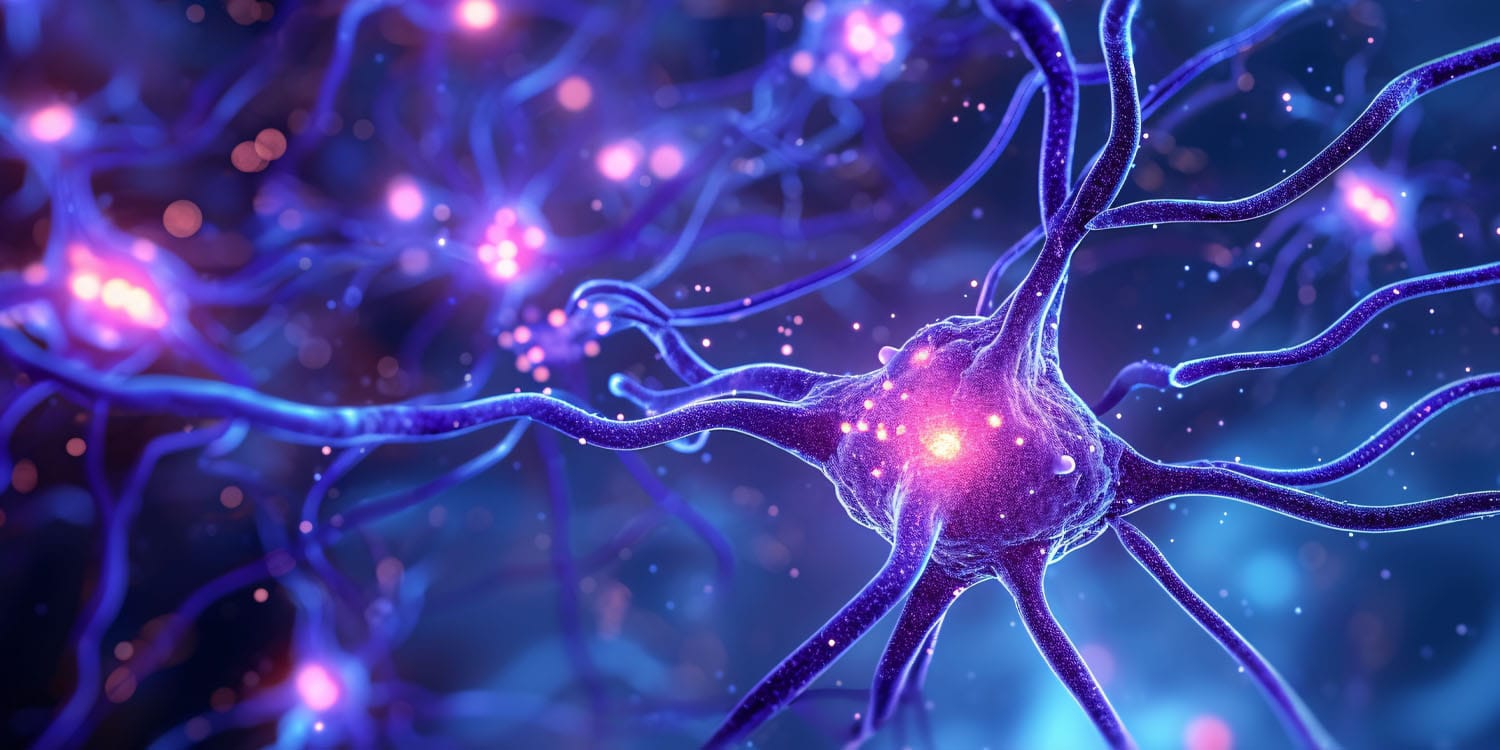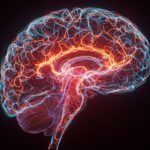A recent study published in the journal Brain has revealed new insights into the neurological underpinnings of levodopa-induced dyskinesia, a common and debilitating complication of Parkinson’s disease treatment. The research explored how this condition affects the brain’s motor cortex and evaluated ketamine, an anesthetic, for its potential to alleviate symptoms.
By examining over 3,000 neurons in the motor cortex of rats exhibiting symptoms of dyskinesia, the study uncovered that the motor cortex becomes disconnected from movement control during dyskinesia, contrary to prior assumptions. Ketamine not only reduced dyskinesia but also partially restored the brain’s capacity to regulate movement.
Levodopa remains the most effective treatment for restoring motor function, but its prolonged use often leads to dyskinesia, characterized by involuntary and excessive movements. Current treatments for this condition are limited and primarily focus on symptom management rather than addressing the underlying neural mechanisms. The team sought to understand the specific changes in brain activity associated with dyskinesia and to investigate whether ketamine could offer a novel therapeutic approach.
“I am drawn to the question of how neurons organize and coordinate their activity with one another during learning, memory, and disease. I am also quite interested in how dopamine regulates neural activity and learning,” said study author Stephen Cowen, an associate professor of psychology at the University of Arizona.
“Consequently, I became interested in Parkinson’s disease as it is a disorder that profoundly affects both neuronal coordination and dopamine release. I became interested in ketamine the moment a student showed me their data that demonstrated the overpowering effects of low-dose ketamine on neuronal synchrony.”
To achieve their goals, the researchers used an established rat model of dyskinesia. They induced a Parkinsonian state in the animals by selectively damaging dopamine-producing neurons in the brain, mimicking the neurodegeneration seen in Parkinson’s disease. The rats were then treated with levodopa to provoke dyskinesia, as seen in human patients. The severity of dyskinesia was assessed using a standardized rating scale.
Following the induction of dyskinesia, the team recorded neural activity in the motor cortex using advanced electrode arrays capable of capturing signals from thousands of individual neurons. They specifically examined oscillatory brain activity and its relationship to movement, both before and after administering ketamine.
The researchers found that during dyskinesia, the motor cortex—the brain region responsible for planning and executing movement—becomes functionally disconnected from the body’s movements. This disconnection challenges the conventional belief that dyskinetic movements are directly triggered by motor cortex activity. Instead, the findings suggest that dyskinesia arises from downstream circuits in the brainstem or spinal cord, which generate pathological, involuntary movements in the absence of normal motor cortex regulation.
“Neurons in the motor cortex can activate or suppress movement, and it is commonly thought that unwanted movements during levodopa-induced dyskinesia result from motor cortex neurons triggering unwanted actions,” Cowen told PsyPost. “Contrary to this idea, results from our study, using a rat model of dyskinesia, suggest that during dyskinesia, motor cortex fails to control movement, freeing downstream motor systems to generate spontaneous abnormal involuntary movements.”
One of the study’s key findings was the identification of abnormal oscillatory activity in the motor cortex during levodopa-induced dyskinesia. Specifically, the researchers observed excessive neural activity in the gamma frequency range (around 80 Hz), known as finely tuned gamma oscillations.
These oscillations were unrelated to the animals’ physical movements, indicating a breakdown in the usual relationship between motor cortex activity and bodily actions. This abnormal activity creates a state where the motor cortex fails to control or constrain movement, potentially allowing downstream neural circuits to produce the involuntary and exaggerated movements characteristic of dyskinesia.
“I always assumed that the activities of motor cortex neurons would be correlated to movement in both health and disease,” Cowen said. “Observing that motor cortex was so profoundly disconnected from movement during levodopa-induced dyskinesia was a big surprise.”
Ketamine emerged as a promising intervention in this study. When administered to rats with dyskinesia, ketamine eliminated the pathological gamma oscillations in the motor cortex. This was accompanied by a reduction in dyskinetic movements. Additionally, ketamine partially restored the functional link between motor cortex activity and movement. While not returning entirely to normal levels, the motor cortex regained some of its ability to modulate movement-related neuronal activity. This partial restoration may be sufficient to alleviate symptoms without disrupting the therapeutic effects of levodopa on motor function.
Another intriguing finding was how ketamine restructured the patterns of interaction among neurons in the motor cortex. Normally, dyskinesia disrupts the network-level dynamics of the motor cortex, but ketamine induced a reorganization of these neuronal interactions. This reorganization was not uniform; rather, ketamine increased the variability in how neurons communicated, suggesting that the drug reshaped the motor cortex’s overall state. This unique neural ensemble state, induced by ketamine, may underlie its ability to reduce dyskinesia while preserving movement control.
“I was also surprised by how strongly ketamine altered neuron-to-neuron interactions, resulting in a novel brain state in the dyskinetic rats,” Cowen said.
Interestingly, the study also found that ketamine’s effects on motor cortex activity were distinct from its general impact on movement. For instance, while levodopa increased movement speed and dyskinetic behaviors, ketamine reduced dyskinesia without altering overall movement velocity. This observation indicates that ketamine’s therapeutic effects are rooted in its capacity to normalize brain activity rather than simply suppressing movement.
However, the study’s reliance on head-mounted inertial sensors to measure movement is a limitation. These sensors primarily captured head movements, which may not fully represent the range and complexity of dyskinetic behaviors observed in humans. “This study only looked at head movements,” Cowen noted. “It is therefore conceivable that there were other movements that were correlated with motor cortex activity that we were unable to capture.”
Looking forward, Cowen said he would “like to identify the specific types of neurons responsible for decoupling motor cortex from ongoing movement. I also wish to understand how low-dose ketamine disrupts interactions between neurons.”
The study, “Decoupling of motor cortex to movement in Parkinson’s dyskinesia rescued by sub-anaesthetic ketamine,” was authored by Abhilasha Vishwanath, Mitchell J. Bartlett, Torsten Falk, and Stephen L. Cowen.




